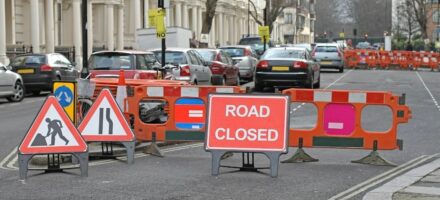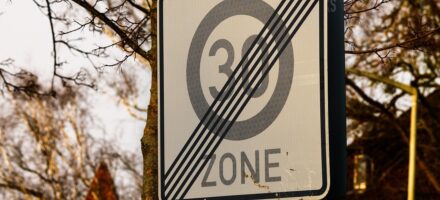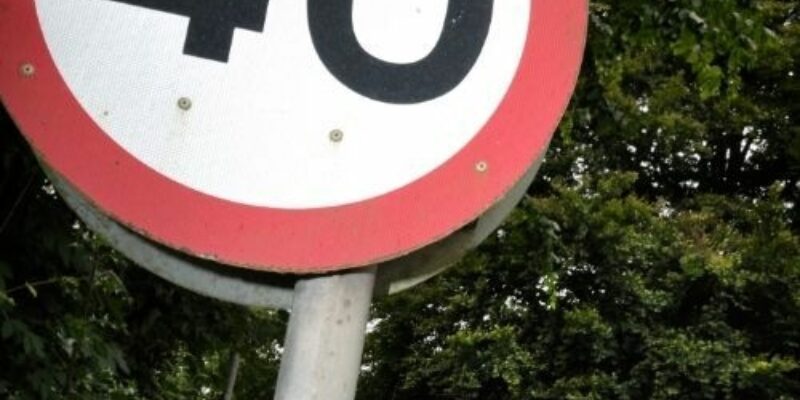
Taking heed of Signage is a very important part of driving and one of the most important sets of signs on our roads are the speed limit signs. These have many variables and depend on where they are placed so care and remembering where you are is a good way of obeying speed limit signs. If you don’t obey these road signs you can receive penalty points and a fine or worse from the authorities. You must not exceed speed limits or you can be prosecuted.
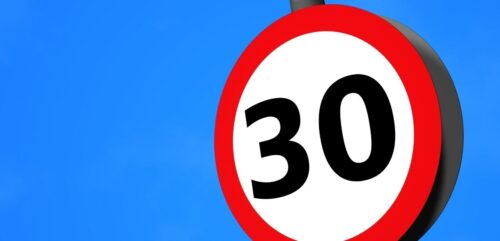
Speed Limit Signs are the Maximum Speed you Can Drive At
Speed limit signs are there to tell motorists the absolute maximum that they can drive through a particular area in. This does not mean that you have to drive at this speed irrespective of conditions. If conditions are anything but dry and clear then drivers should take into account what stopping time they would need and reduce their speed accordingly.
It is wise to reduce speed when:
- When the road layout changes - such as bends, hazards on the road or when conditions change.
- When coming up behind pedestrians, cyclists, horse-riders and motorcyclists.
- When driving in adverse weather conditions.
- When driving at night your visibility is not as good as in the daylight.
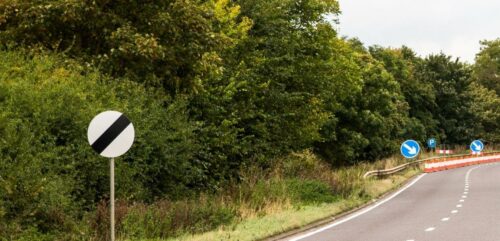
Tip To Remember
If you are driving and there are street-lights lining both sides of the road this usually means that you are driving in a 30mph zone unless specified.
Spotting Speed limit Signs
Speed limits signs usually have a red circle, which means the law prohibits you to go above the stated speed. If there is also a text plate below the numerical sign then it is to make sure the driver’s attention is attracted to the required speed limit of that area.
The signs to look out for are:
- 20mph: A circular sign with a red circle, normally found in urban areas – in Scotland this will also have a text box below and it will say “Twenty’s Plenty.”
- 30mph: A circular sign with a red circle found in urban areas.
- 40mph: A circular sign with a red circle found in less built up areas.
- National Speed Limit: This sign is a white circle with a black diagonal stripe through the middle of the sign. This signifies that you may now travel at a speed of up to a maximum 60mph on an outer urban road or up to a speed of 70 mph when on a Dual Carriageway or Motorway.
- Roadwork’s Speed Limit: This can vary but the sign will have a yellow background with a red circular sign and the speed limit on it. A triangular sign signifies the end of a speed restriction at a roadwork’s. The picture usually has a man with a shovel and END in text on it.
- Dual Carriageway Speed Limit: There is a common misconception that the speed limit is 60mph on a Dual Carriageway but this is not the case unless specified. The national speed limit for a car on a dual carriageway with a central reservation is 70mph and is signified by the National Speed Limit sign.
- Motorway Speed Limit: Just like a Dual carriageway the speed limit is 70mph unless specified and is signified by a National Speed Limit sign. If the speed limit is reduced on a motorway the overhead gantries will show you the maximum speed that you are legally allowed to drive at. The change to the speed limit may be down to adverse weather or maybe an incident ahead but all drivers must obey them or you could be prosecuted for breaking the law.
Disclaimer: The information in the article is for general purpose information only and should not be constituted as legal advice. This article has been produced by a third party and Jardine Motors does not take any responsibility for the completeness, accuracy, or reliability with respect to the website or the information provided. Article last updated March 2016.

